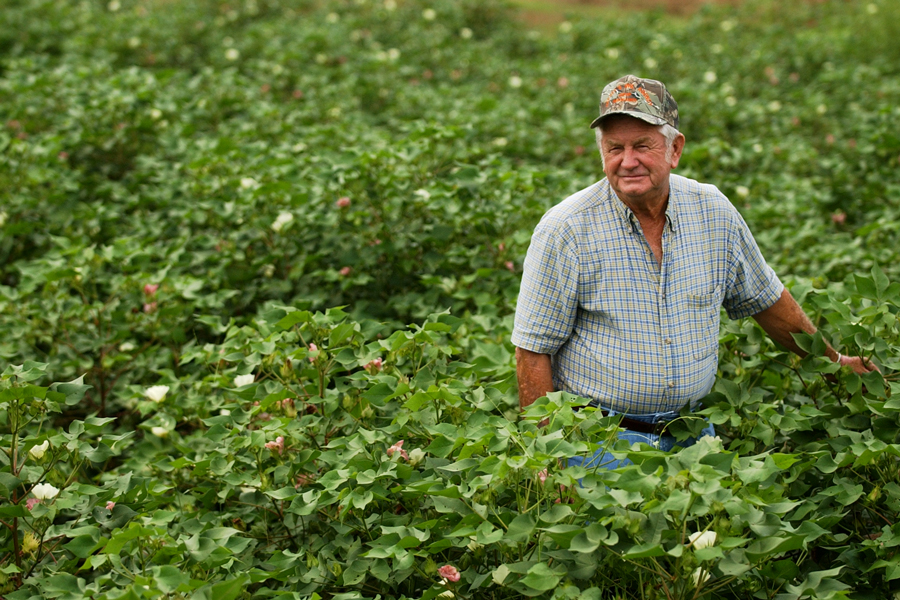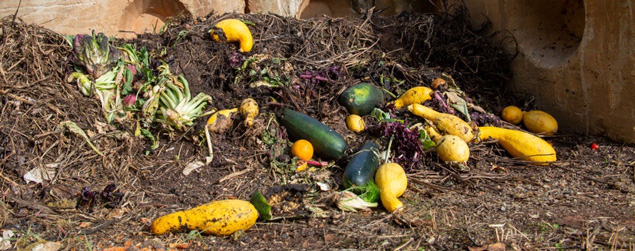Agricultural Leadership, Education and Communication
-

B 1578-03
Innovation
Extension professionals are expected to translate multiple critical issues into creative, evidence-based programs. This resource explains a five-stage innovation process—Prepare, Cultivate, Challenge, Implement, and Evaluate—to help Extension professionals be more effective at innovating in their professional roles. When Extension professionals have the tools necessary to make changes within their programs and responsibilities, they can provide the best support and guidance for their stakeholders.
Kevan Lamm
|
-

This resource provides Extension professionals with a structured approach to developing effective online training materials. Using the ADDIE model—Analyze, Design, Develop, Implement, and Evaluate—it provides a process to create engaging, accessible, and impactful learning experiences. This bulletin addresses common challenges in developing online training materials and offers practical strategies to improve the content development process and learner engagement. Following these recommendations can help enhance knowledge dissemination and increases adoption of best practices among Extension stakeholders.
Kevan Lamm and M'Randa Sandlin
|
-

B 1578-02
Systems Thinking Mindset
The textbook definition of a system is “an interconnected set of elements that is coherently organized in a way that achieves something.” In other words, systems thinking is a way of examining the interconnections between elements, including both the direct and indirect effects. This publication provides an overview of key concepts associated with systems, including elements, interconnections, and functions. Developing a systems thinking mindset is helpful in moving beyond simple cause-and-effect thinking to consider the patterns and characteristics of systems as well.
Kevan Lamm
|
-

B 1578-01
Motivation
Motivation is probably a term many of us have heard, or use, on a regular basis, whether it is getting out of bed early to start that exercise program we know we need to, or the healthier eating commitment we made as a New Year’s resolution. It may also be the challenge we face in getting our children to sit down and complete the summer reading we know is important for them. Despite the common use of the term, there is a science that underlies the concept. When we understand the core components of motivation, we can start to better understand ourselves, as well as the actions of those around us.
Kevan Lamm
|
-

Anna Scheyett
|
-

Whether from a local store, regional supplier, or another farmer down the road, understanding where your soil amendments come from and how they were handled prior to reaching your farm or garden is necessary to ensure you are sourcing the highest quality product with the lowest amount of risk.
Laurel Dunn and Ted McAvoy
|
-

Graduating from college is a time of difficult transition for many young adults. This circular is a research-based guide giving practical tips to assist recent college graduates in transitioning to their new role as adults in the workplace and beyond.
Amanda Stephens Newquist and Lauren Ledbetter Griffeth
|
-

Social capital refers to resources resulting from relationships and networks within a community. These resources include the established expectations and practices (or norms) that shape the behavior of community or group members, known penalties for disregarding these norms, higher levels of trust, and the give-and-take transactions necessary for cooperation. These resources typically will enable communities to function more effectively by engaging residents and encouraging teamwork.
Abigail Borron and Kevan Lamm
|
-

Natural capital refers to a community’s environmental resources, such as air, water, land, forests, vegetation, minerals, fossil fuels, local animal populations, and all other natural resources. These resources can be considered capital assets because of the potential goods and services derived from them, such as food, drinking water, timber, and natural beauty. Natural capital is also the foundation on which all other capital is based, as it supplies the basic materials for nurturing life, building infrastructure, and influencing local culture.
Abigail Borron and Kevan Lamm
|